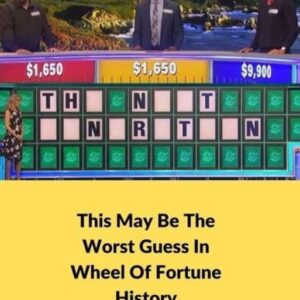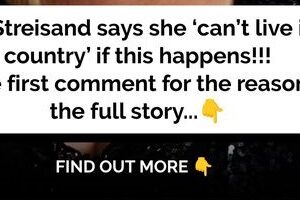
Starbucks, once the darling of American coffee drinkers, is losing its grip on its loyal customer base, and there’s no easy brew to fix what’s gone wrong. As the cost of living climbs and political divides deepen, coffee lovers are saying “no thanks” to the Seattle-based coffee giant. According to a recent report by The Wall Street Journal, a combination of skyrocketing prices, unbearable wait times, and controversial corporate politics have caused a 6% drop in U.S. orders for Starbucks in the quarter ending June 30.
For many customers, the allure of a pricey cup of coffee just doesn’t cut it anymore. Dan Palmer, a 66-year-old from suburban Chicago, exemplifies the frustration felt by many. Once a regular for his daily mango dragonfruit refresher, Palmer has now turned his back on Starbucks. “The prices have gone up—a lot,” he told the WSJ, noting that each cup now costs over $6. “It’s not a deal in any sense of the word.”

Palmer’s sentiments echo a broader trend across the country, where nearly 40% of consumers report spending less on takeout as they brace for an economic downturn. With the threat of a recession looming, Americans are tightening their belts, and one of the first luxuries to go is the daily Starbucks run.

Brad Pearl of Spokane, Washington, used to be a dedicated Starbucks customer. But like many others, the rising prices and long wait times finally pushed him over the edge. Now, Pearl frequents a local coffee shop, where he finds cheaper options and saves about $150 a month. “It’s really a luxury,” Pearl said, reflecting on the high cost of his former habit.

And it’s not just the price that’s driving customers away. Even those willing to pay Starbucks’ premium prices are fed up with the long wait times. In 2024, more than 30% of customers reported waiting as long as 15 minutes for their order, with some stuck waiting up to half an hour, according to a survey by Technomic Ignite Consumer. Even former Starbucks CEO Howard Schultz admitted the company’s mobile ordering system—a key part of its business—has been failing. “Everyone shows up, and all of a sudden we’ve got a mosh pit, and that’s not Starbucks,” Schultz said in a June podcast interview.

Starbucks has tried to lure back customers with discounts, promotions, and attempts to streamline its operations. But these efforts are up against a much larger problem: the company’s repeated forays into controversial political issues. Over the years, Starbucks has found itself in the crosshairs of both the left and the right. From the infamous “war on Christmas” debate, where the company was accused of being anti-Christian for its red holiday cups, to more recent accusations of union-busting, Starbucks has struggled to stay out of the cultural firestorm.

Despite these challenges, Starbucks remains a top-performing U.S. company and has seen a rebound in its stock, which has jumped nearly 17% since June. But as more Americans seek out cheaper, faster, and less politically-charged alternatives, Starbucks may find that it’s not just losing customers—it’s losing the cultural cachet that once made it a symbol of modern American life.

In the end, the question remains: Can Starbucks weather the storm, or has its moment in the sun passed? Only time will tell, but for now, it seems America’s coffee lovers are voting with their wallets—and the results aren’t looking good for the coffee giant.
<iframe width=”734″ height=”413″ src=”https://www.youtube.com/embed/206xGiC-IYs” title=”Why Starbucks Is Struggling” frameborder=”0″ allow=”accelerometer; autoplay; clipboard-write; encrypted-media; gyroscope; picture-in-picture; web-share” referrerpolicy=”strict-origin-when-cross-origin” allowfullscreen></iframe>





